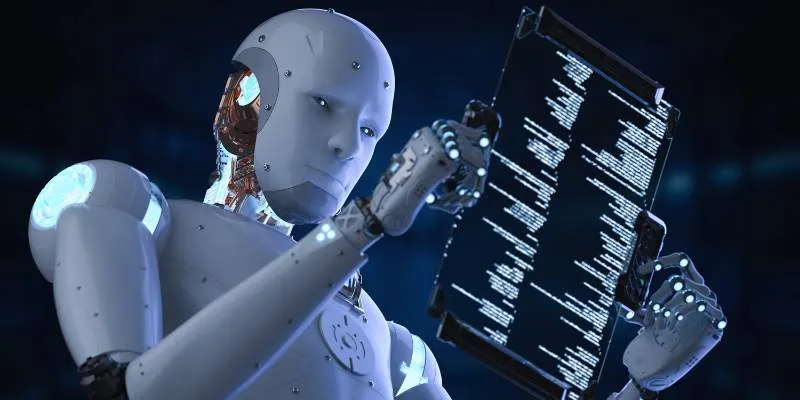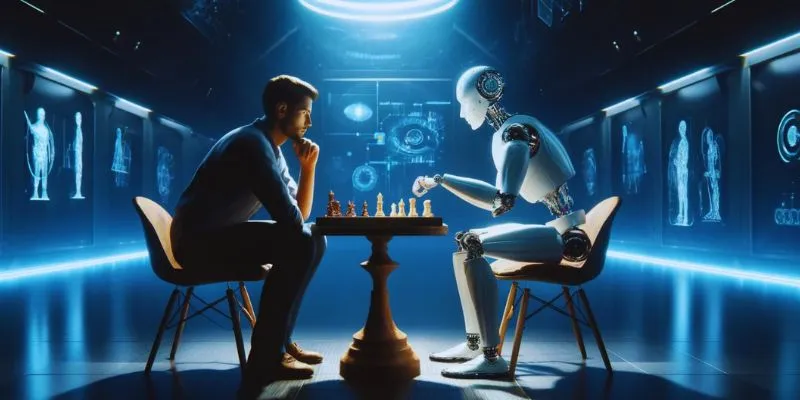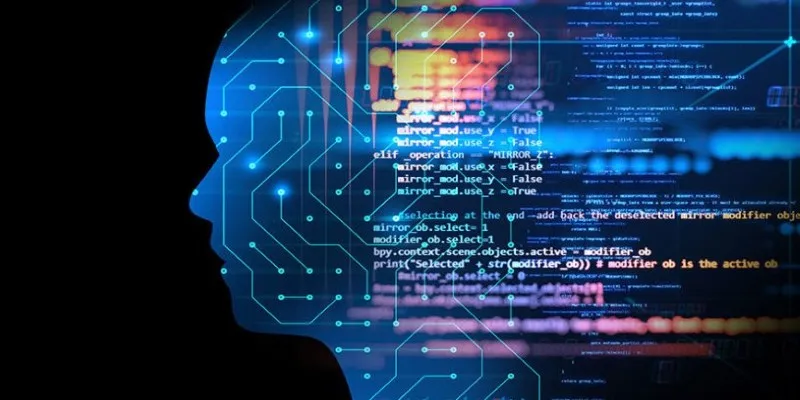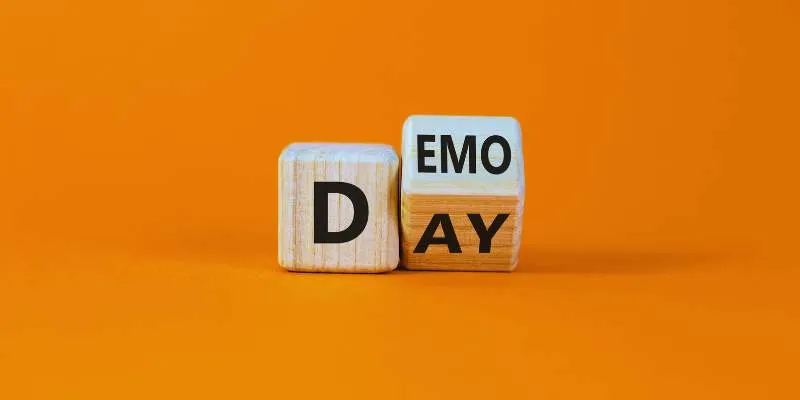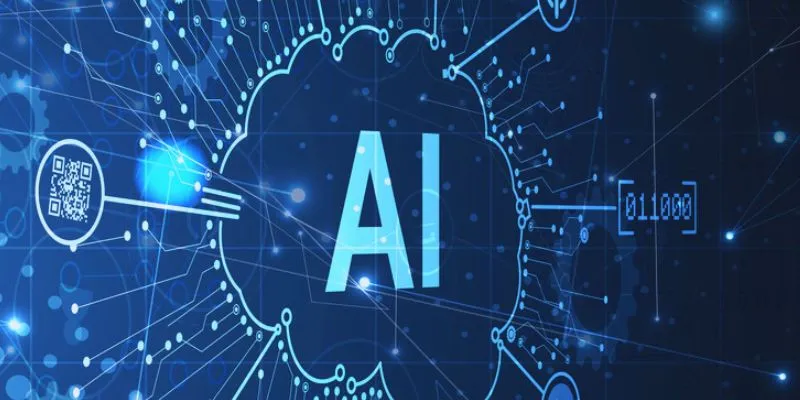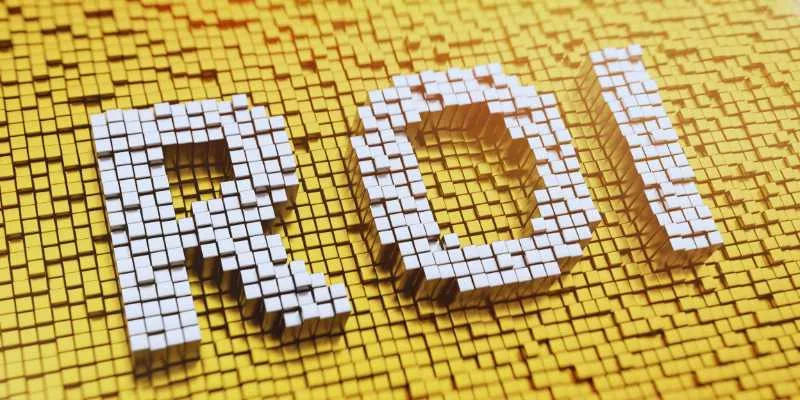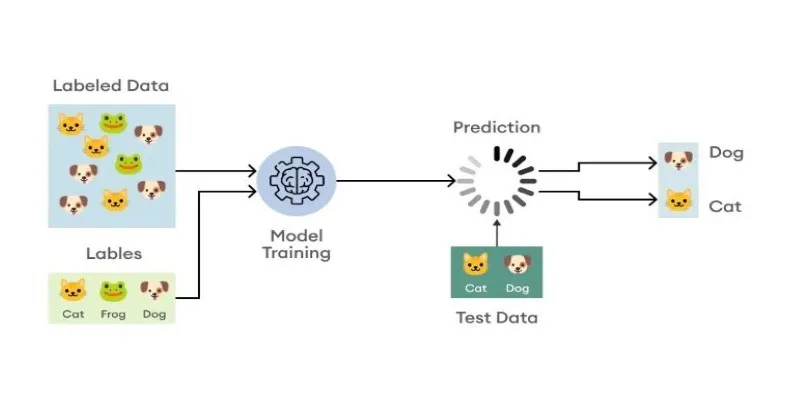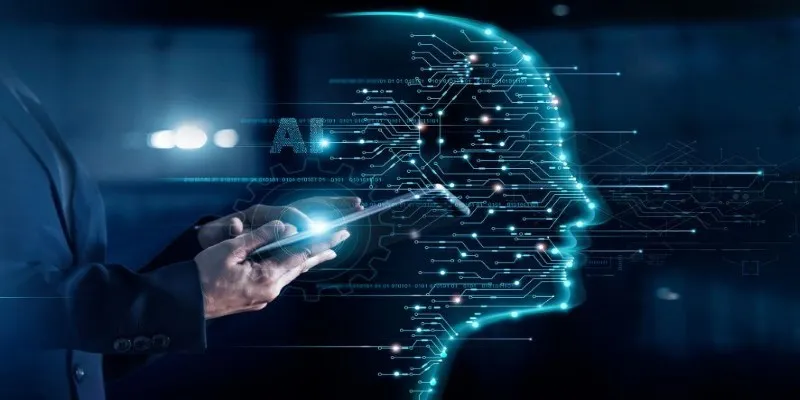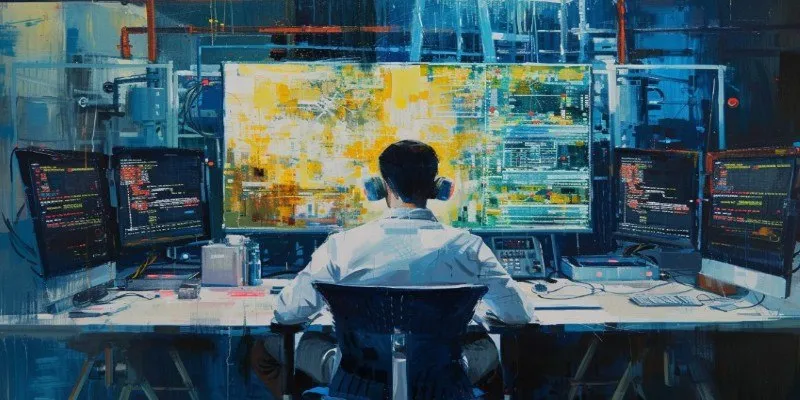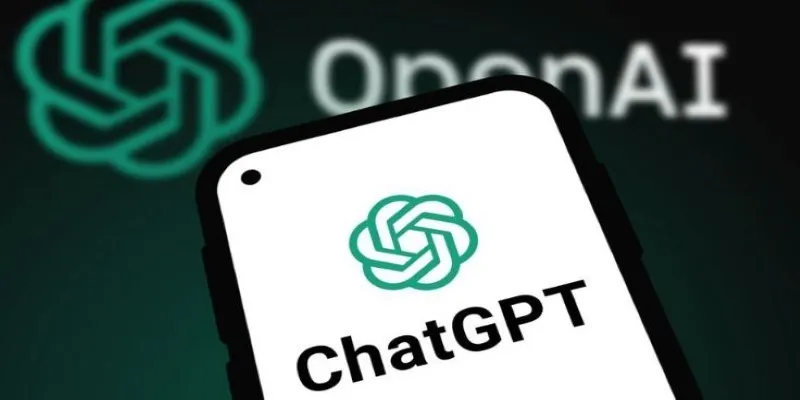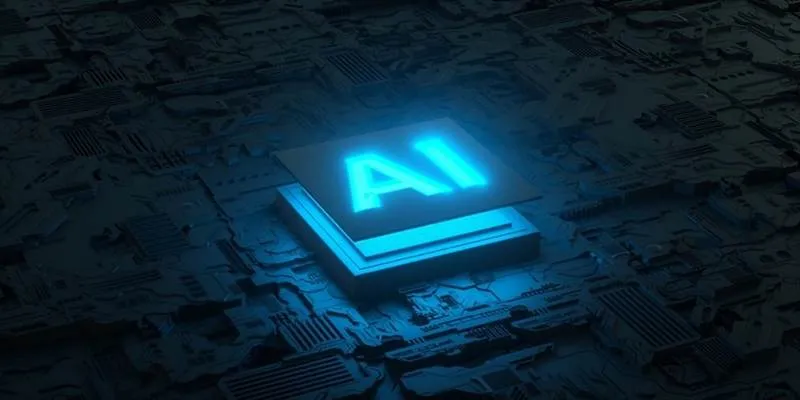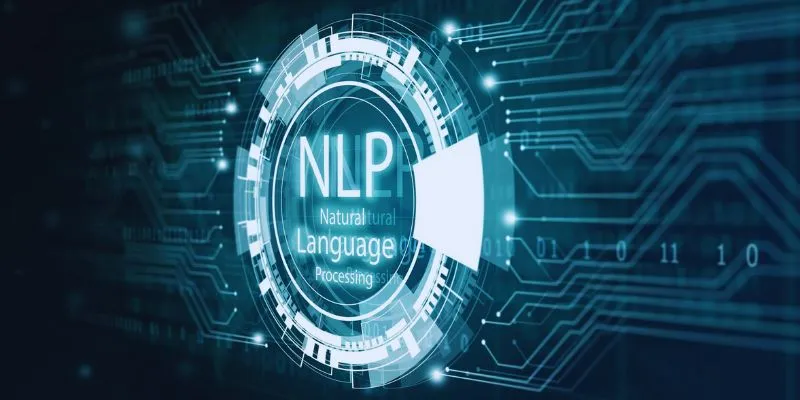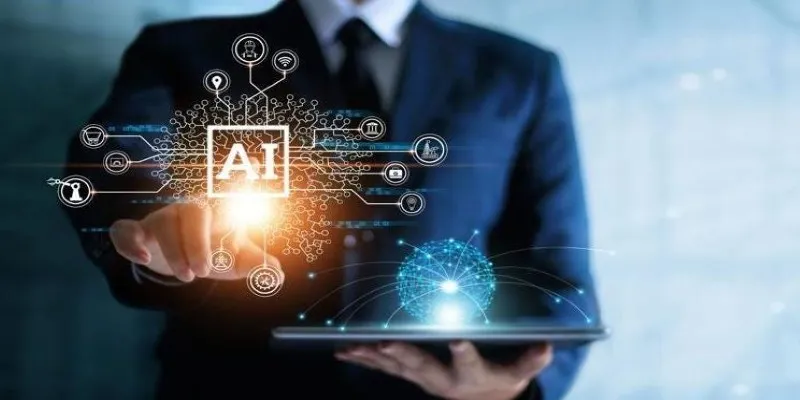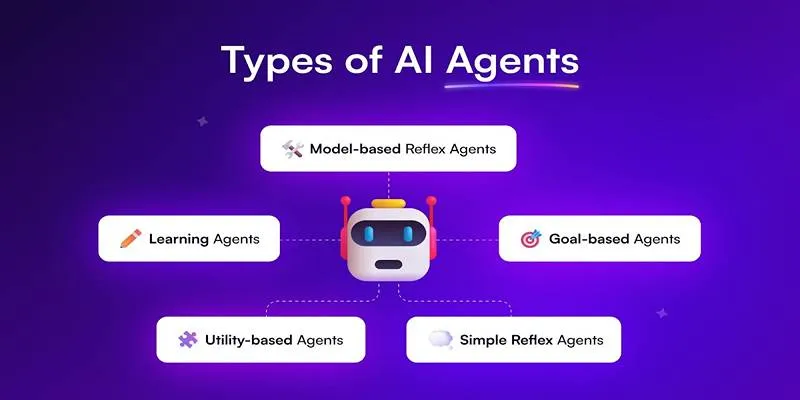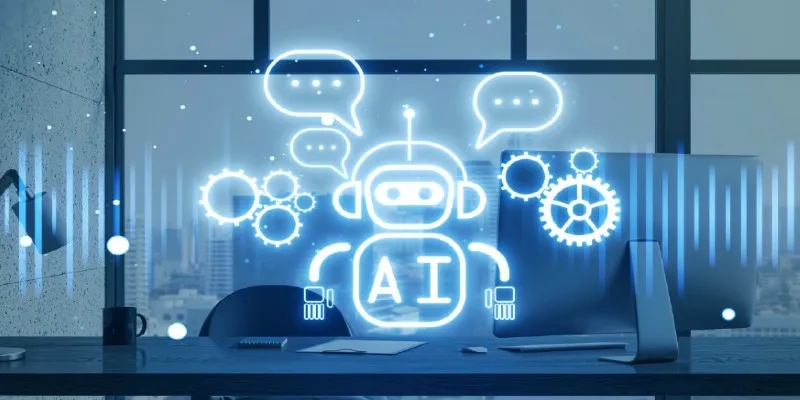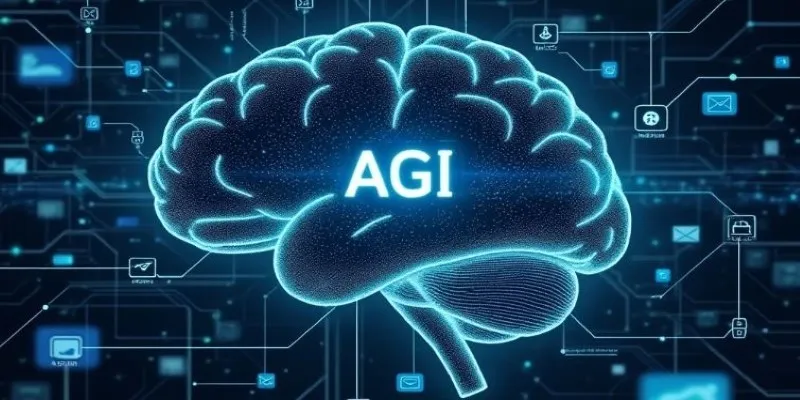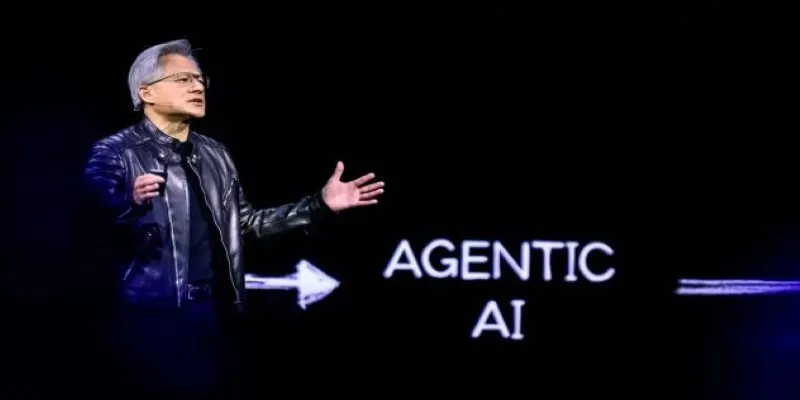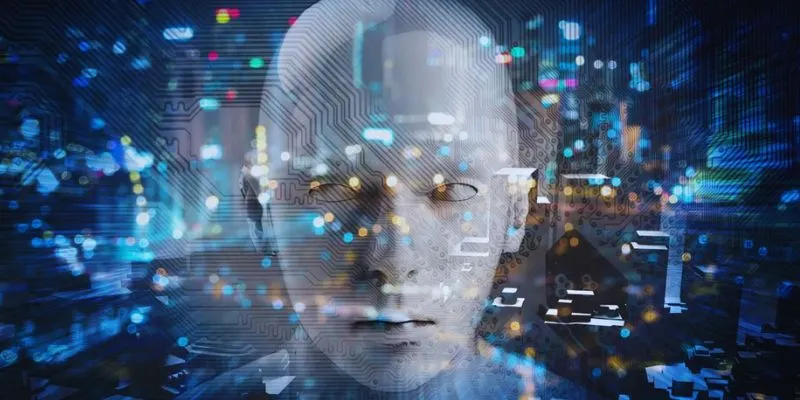Artificial intelligence (AI) has evolved significantly, moving beyond just recognizing patterns in vast datasets. Traditional machine learning models typically require extensive labeled examples to learn specific tasks. But what if AI could identify new objects, concepts, or languages without prior exposure? This is the core idea behind zero-shot learning (ZSL).
Zero-shot learning allows models to generalize knowledge from existing data and apply it to unfamiliar situations, eliminating the need for extensive labeled training data. This is a significant advancement in making AI more adaptable and efficient, especially when labeled data is scarce or hard to obtain.
How Does Zero-Shot Learning Work?
To grasp zero-shot learning, it’s essential to understand the basics of machine learning. Most AI algorithms rely on supervised learning, where they are trained using large sets of labeled examples. For instance, if an AI is learning to identify dog breeds, it needs thousands of labeled pictures, such as “Labrador,” “Bulldog,” and “Poodle.” Without these labels, the AI wouldn’t know what it is looking at.
Zero-shot learning bypasses this requirement. Rather than depending solely on labeled data, it leverages semantic connections between known and unknown categories. This is usually achieved through methods like natural language processing (NLP) and knowledge transfer. AI models learn from textual descriptions of categories without needing direct examples.
For example, consider an AI trained to recognize domestic cats and wild lions. If introduced to a new category, like a cheetah, it might still classify it as a big cat based on shared characteristics, even without a labeled image of a cheetah. This capability makes zero-shot learning revolutionary.
Applications of Zero-Shot Learning
Zero-shot learning is gaining traction across various industries, transforming how AI processes unknown data. By enabling models to identify and classify objects without prior training, ZSL is revolutionizing fields such as computer vision, natural language processing, and e-commerce.
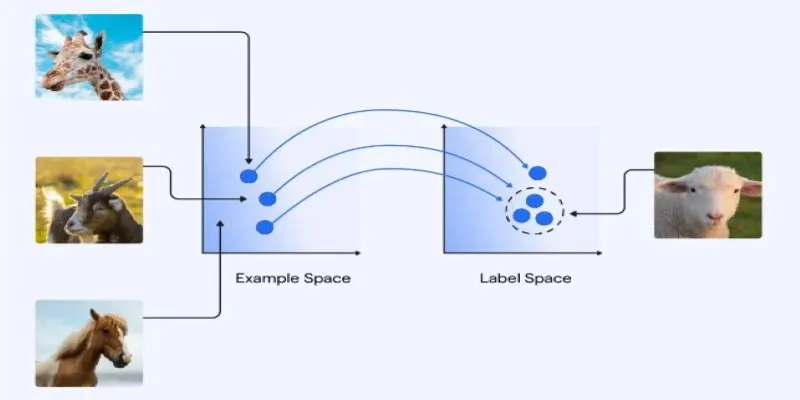
One of the most significant applications is image recognition. Traditional computer vision models struggle with objects they haven’t been trained on. Zero-shot learning overcomes this by recognizing new objects based on learned attributes. This is especially valuable in medical imaging, where AI needs to detect rare diseases with limited labeled datasets. Instead of requiring thousands of labeled samples, ZSL allows AI to infer characteristics from available descriptions, enabling faster and more accurate diagnoses.
A major area of impact is natural language processing (NLP). AI chatbots, voice assistants, and translation models often rely on vast text data. However, ZSL allows AI to translate between languages it has never explicitly learned by leveraging language similarities and contextual clues. This is particularly useful for low-resource languages, where limited training data makes traditional machine learning less effective.
E-commerce also benefits from zero-shot learning. Online retailers face challenges in categorizing new products, detecting fraudulent listings, and generating personalized recommendations. With thousands of new items introduced daily, training AI on every variation is impractical. ZSL enables AI to classify and analyze products based on descriptions, improving search accuracy and fraud detection without constant retraining.
Challenges and Limitations
While zero-shot learning is promising, it faces challenges. One major issue is accuracy. Since ZSL relies on relationships and indirect knowledge transfer, it can sometimes misclassify new inputs. If the AI’s semantic understanding is flawed or incomplete, predictions may be unreliable.
Bias in training data is another challenge. Since ZSL models depend on learned attributes, any biases in the training data can affect their decisions. If an AI model learns from descriptions with cultural or gender biases, it might carry these biases into its predictions. Addressing this requires careful curation of training datasets and ethical considerations in AI development.
Additionally, complex concepts remain difficult for zero-shot learning. While it excels in recognizing general similarities, it may struggle with tasks requiring deeper reasoning or contextual understanding. For instance, an AI trained in medical terminology might understand the relationship between “flu” and “fever” but may not accurately predict more nuanced conditions involving multiple factors.
The Future of Zero-Shot Learning
Despite current challenges, zero-shot learning is a crucial step towards more adaptive and autonomous AI systems. Researchers continuously refine ZSL models by integrating them with large-scale language models and external knowledge sources to enhance accuracy and generalization capabilities.
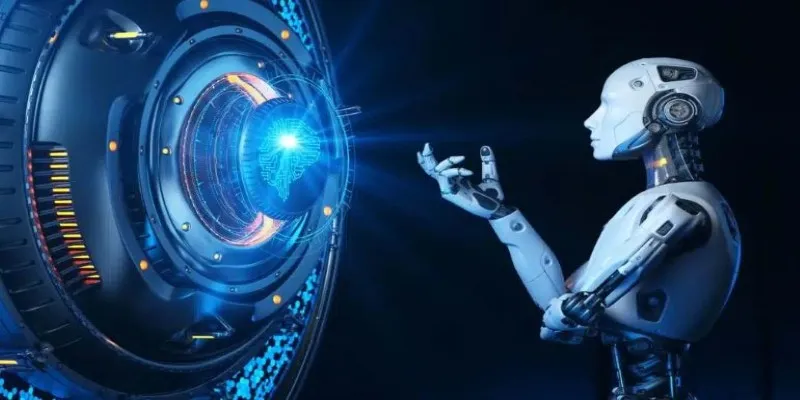
Zero-shot learning could revolutionize autonomous systems. For example, self- driving cars must recognize unfamiliar objects on the road—such as newly designed traffic signs or unique vehicle shapes—without prior training. ZSL could enable them to make real-time decisions based on context and previously learned attributes.
In healthcare, zero-shot learning could improve diagnostic AI by detecting rare diseases without thousands of labeled images, making AI-driven diagnostics more accessible in regions with limited medical data.
As AI continues to evolve, zero-shot learning represents a significant leap toward generalized intelligence—the ability of machines to learn and adapt beyond fixed datasets. While there is still work to be done, this innovation brings us closer to a future where AI can understand and interact with the world more human-like.
Conclusion
Zero-shot learning is transforming artificial intelligence by allowing models to recognize new objects and concepts without prior training data. Unlike traditional machine learning, which relies on labeled datasets, ZSL leverages semantic relationships and knowledge transfer to make accurate predictions. This breakthrough is driving advancements in image recognition, natural language processing, and autonomous systems. However, challenges like accuracy and bias remain. As research advances these models, ZSL will play a crucial role in AI’s future, making it more adaptable and efficient. By bridging the gap between known and unknown data, zero-shot learning is paving the way for more intelligent AI systems.
 zfn9
zfn9
